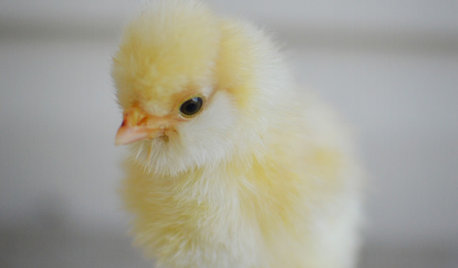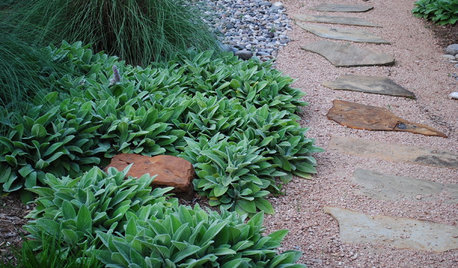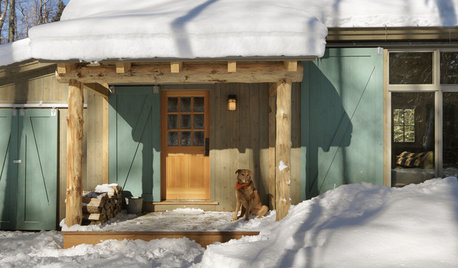Tainted compost? Advice needed!
bagsmom
14 years ago
Related Stories

GARDENING GUIDESGet on a Composting Kick (Hello, Free Fertilizer!)
Quit shelling out for pricey substitutes that aren’t even as good. Here’s how to give your soil the best while lightening your trash load
Full Story
FARM YOUR YARDAdvice on Canyon Farming From L.A.'s Vegetable Whisperer
See how a screened garden house and raised beds help an edible garden in a Los Angeles canyon thrive
Full Story
PETSWhat You Need to Know Before Buying Chicks
Ordering chicks for your backyard coop? Easy. But caring for them requires planning and foresight. Here's what to do
Full Story
KITCHEN SINKSEverything You Need to Know About Farmhouse Sinks
They’re charming, homey, durable, elegant, functional and nostalgic. Those are just a few of the reasons they’re so popular
Full Story
SAVING WATERLush Gardens With Low Water Needs
Drought tolerant doesn’t have mean spindly, brown and thorny
Full Story
FALL GARDENINGMake This Fall’s Garden the Best Ever
Learn the most important tip for preventing buyer’s remorse, plus get more valuable buying and planting advice
Full Story
DECORATING GUIDES15 Home Ideas Fit for a Crowd
Spend less time corralling chaos and more time enjoying family togetherness with this advice from someone who's been there
Full Story
WINTER GARDENINGPruning Secrets for Exquisite Roses
Encourage gorgeous blooms year after year with this time-tested advice on how to prune your rosebush in winter for health and shape
Full Story
RUSTIC STYLE10 Cabin Rental Basics for City Slickers
Stay warm, dry and safe while you’re enjoying winter cabin life with this valuable advice
Full Story
HOUSEKEEPINGHow to Clean Your Range and Oven
Experts serve up advice on caring for these kitchen appliances, which work extra hard during the holidays
Full StorySponsored
Franklin County's Full Service, Turn-Key Construction & Design Company






girlgroupgirl
bagsmomOriginal Author
Related Professionals
Danbury Landscape Architects & Landscape Designers · Wrentham Landscape Architects & Landscape Designers · Chattanooga Landscape Architects & Landscape Designers · Elwood Landscape Architects & Landscape Designers · Alexandria Landscape Contractors · Wilmington Landscape Contractors · Bridgeport Landscape Contractors · Cudahy Landscape Contractors · Ocoee Landscape Contractors · Stallings Landscape Contractors · Crowley Fence Contractors · Northridge Fence Contractors · Idylwood Window Contractors · Sarasota Window Contractors · Tucker Window Contractorsgirlgroupgirl
bagsmomOriginal Author
girlgroupgirl